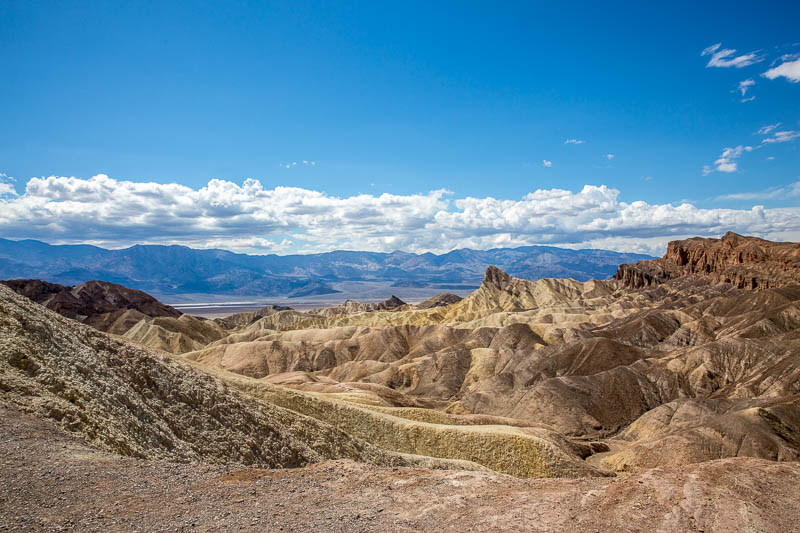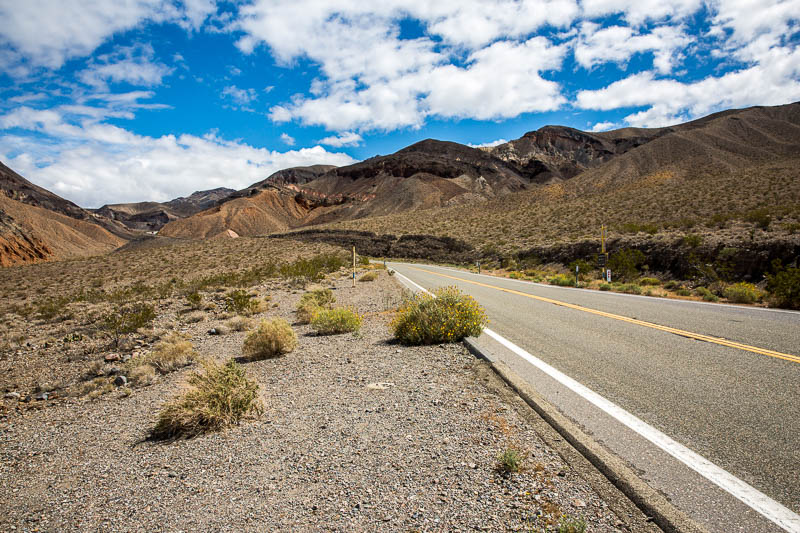[content_slider]
[content_slide]

[/content_slide]
[content_slide]

[/content_slide]
[content_slide]

[/content_slide]
[content_slide]

[/content_slide]
[content_slide]

[/content_slide]
[/content_slider]
CALIFORNIA | One thing you hear often about the United States is that it’s a big country with plenty of wide open spaces. It seems obvious really, but until you’ve actually visited an experienced some of the vastness of the country, it’s hard to fully appreciate. One part of the USA that really makes you appreciate what people are talking apart is the majestic Death Valley National Park.
Straddling the border of California and Nevada, Death Valley National Park actually contains two valleys – Death Valley and Panamint Valley, with the Death Valley portion being located entirely within California. Death Valley is the hottest, driest, and lowest part of the USA and is filled with salt-flats, sand dunes, badlands, valleys, canyons, and mountains. At its lowest, Death Valley is actually below sea level and driving through it is an awe inspiring experience.
Death Valley holds the world record for hottest air temperature ever recorded, 56.7°C / 134°F in the summer of 1913, and in July it reaches an average high of 46°C / 115°F. With these facts in mind, and with the sheer harshness of the terrain evident when you’re there, it’s easy to see why the area has its name. Despite the harsh conditions, there’s a surprising diversity of flora and fauna in the valley. Death Valley is home to 51 species of native mammals, 307 species of birds, 36 species of reptiles, 3 species of amphibians, and 2 species of native fish, including bighorn sheep, coyotes, bobcats, kit foxes, cougars, and mule deer.
There are over 1,000 species of plants in Death Valley, 23 of which are only found here. If you’re lucky enough to visit when the colourful wildflowers bloom, you’re in for a treat as this only happens a few times a year, and only for a few days. And if you’re really lucky, you’ll get to see a once per decade super bloom – we unfortunately missed out on the 2016 super bloom, the first in 11 years, by a matter of days.
Flowers or not, you’re sure to see plenty of cacti in Death Valley, and these serve to further add to the ethereal beauty of the valley. The dunes are massive, the sky is big, and both the desert and sky seem to go on forever. At night, Death Valley has one of the darkest skies in the USA, making it a great place to stargaze. If you do plan to visit, take reasonable precautions to make sure you’re safe – ensure that your petrol tank is full, bring lots of water, wear sunscreen and a hat, and make sure you check the weather forecast as to avoid any extreme conditions.

